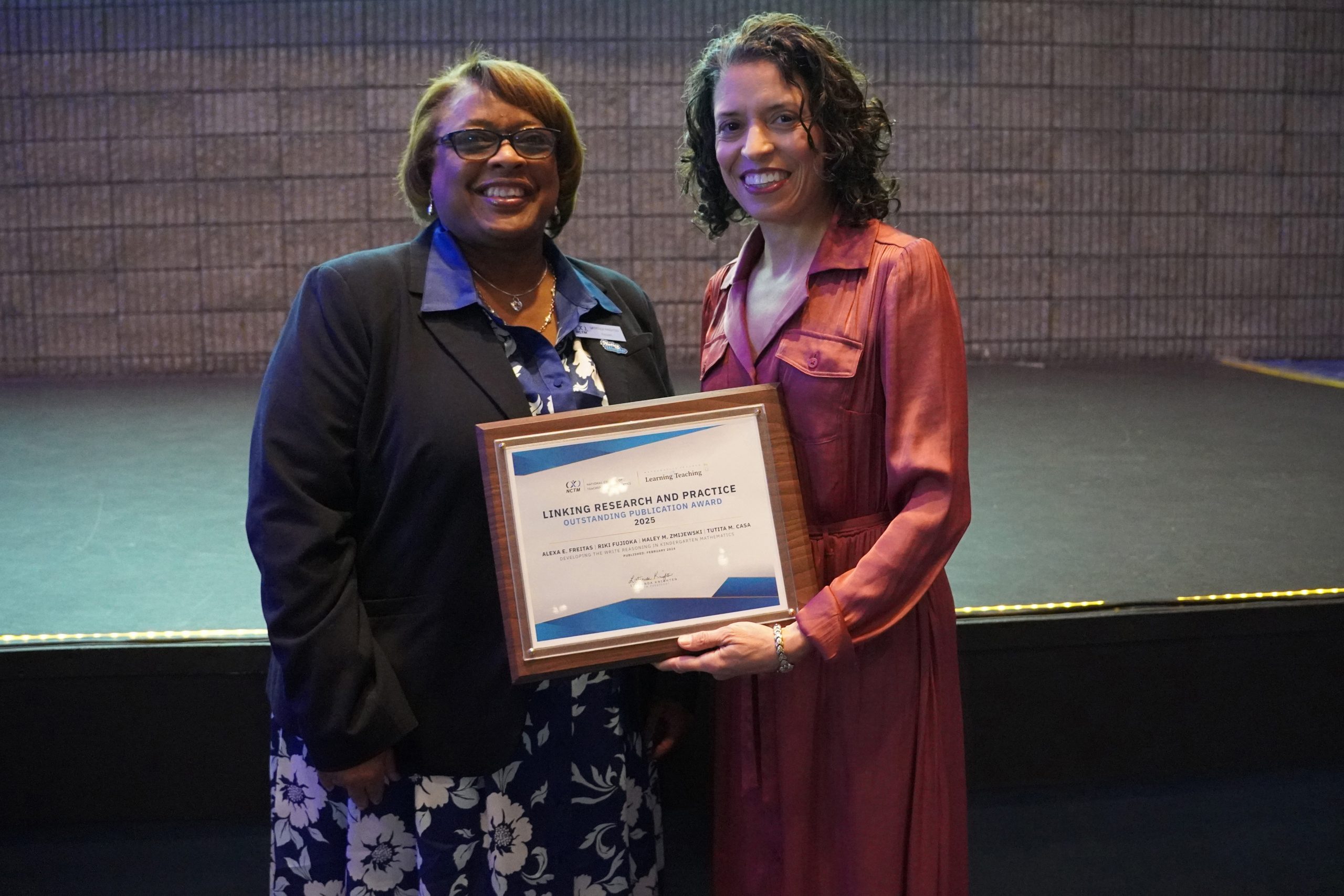When Materials Science and Engineering (MSE) students transition into the working world, they arrive fully versed in the techniques and language of electron microscopy and X-ray diffraction. They owe their practiced knowhow to professor emeritus Donald Potter, who equipped and has managed the Undergraduate Materials Characterization Lab, and taught a junior/senior course in Materials Characterization, for three decades.
 Though he retired in 1997, Dr. Potter has continued to provide materials science students with a hands-on learning laboratory in which they gain experience using characterization tools that are widely used in industry to evaluate materials on a variety of criteria. The Materials Characterization course is typically reserved for juniors and seniors, and a cap of 20 students allows Dr. Potter to instruct and monitor manageably-small groups of students in the lab portion of the class. The lab is equipped with two X-ray diffraction units, a scanning electron microscope (SEM), and two transmission electron microscopes (TEM).
Though he retired in 1997, Dr. Potter has continued to provide materials science students with a hands-on learning laboratory in which they gain experience using characterization tools that are widely used in industry to evaluate materials on a variety of criteria. The Materials Characterization course is typically reserved for juniors and seniors, and a cap of 20 students allows Dr. Potter to instruct and monitor manageably-small groups of students in the lab portion of the class. The lab is equipped with two X-ray diffraction units, a scanning electron microscope (SEM), and two transmission electron microscopes (TEM).
When Dr. Potter began working at UConn in ’79, then-Department Head of Metallurgy Phillip Clapp asked Dr. Potter to establish a characterization lab course for undergraduates. He had developed such a course at Union College in Schenectady, NY and was regarded as an expert in this area. Back then, MSE was taught primarily at the graduate level, though undergraduates could earn a double major in MSE along with a second core engineering discipline. It was not until 1999 that a B.S. degree program was established in MSE. So, Dr. Potter developed the lab course aimed chiefly at undergraduate students in mechanical engineering who were receiving a double major in MSE. It quickly became a mainstay and has remained a vital part of the education of MSE students ever since.
Dr. Potter noted that all three units — the SEM, TEM, and X-ray diffraction — find their special niches in industry, with X-ray diffraction the first to be fully developed and probably the most versatile in terms of the different evaluations it provides. The somewhat more specialized SEM is easiest to understand in terms of its operation and the data it provides, primarily direct images and chemical composition of a material’s components. Thus, it occupies only one lab session in which the students investigate a two-component bronze, measuring precipitate sizes and the chemical compositions of the precipitates and matrix. He said the much more sophisticated TEM provides diffraction patterns as well as images formed by diffraction, and these are more difficult to interpret. This, coupled with the difficulty of preparing specimens thin enough to transmit electrons, means students are less likely to encounter TEM than SEM characterization in industrial settings. During the single lab session devoted to TEM, the students investigate thin metal foils containing nanocrystals and the growth of precipitates arising from the in-service overheating of an aircraft engine superalloy.
In contrast with SEM and TEM, X-ray diffraction provides diverse information from easily prepared specimens, is more commonly found in industry, and provides practitioners a fuller appreciation of TEM images and diffraction patterns. Thus, in lecture classes Dr. Potter’s students study the theory of X-ray diffraction and its applications, and they devote five lab sessions to the X-ray unit. They measure, for example, particle sizes in the nanometer size range, determine the extent of ordering in compounds found in aircraft turbine alloys, identify unknown compounds causing failure in materials, and measure residual stresses.
Since retiring, Dr. Potter has volunteered his time to maintain the laboratory and its equipment. He is a resourceful and dedicated man. He said that until recently, the lab received scant financial support. As a result, to equip and maintain the lab he was forced to rely upon a network of contacts in industry and academia who helped him locate “gently used” equipment that could be donated to UConn. Dr. Potter has often transported the equipment himself, typically using a rented U-Haul and volunteer labor to assist in packing up, installing and assembling the equipment in the lab. He notes wryly that the wires and sockets are numbered, easing the task of reassembly.
Dr. Potter credits the School of Engineering’s John Fikiet, an instrumentation and computer engineer, and Samuel Amtower, founder of AMTEC (a Mansfield, CT based electron microscopy service firm), with helping him assemble and maintain the specialized and sometimes temperamental equipment. He also expressed sincere thanks to Dr. Jim Steele of Mott Metallurgical, and to Dr. Jim Lin and Greg Levan of Pratt & Whitney Aircraft, who helped steer equipment donations to the lab. Dr. Potter noted that thanks to Dr. Steele’s assistance, he was able to retrofit the pre-digital circa TEM — which formerly produced only film images — with a digital camera that allows students to transmit images to their computers via the Internet.
In addition, he is grateful to Dr. Barry Carter, Head of the Chemical, Materials & Biomolecular Engineering Department, for bringing visibility and financial resources to the lab. Dr. Potter was pleased when Dr. Carter secured funding to purchase a newer-vintage “pre-owned” X-ray diffraction unit that now resides in the lab. After some software problems are resolved, the newer X-ray machine will go online and give students one more learning tool with which they can gain mastery of materials characterization.


